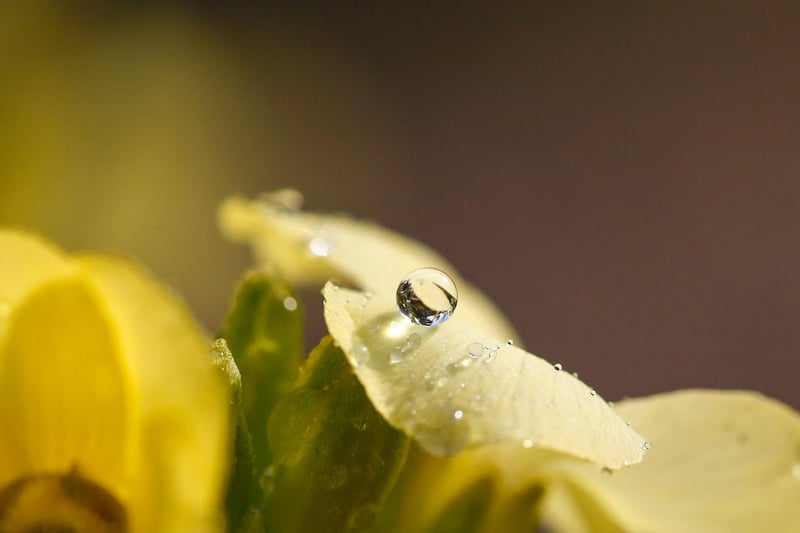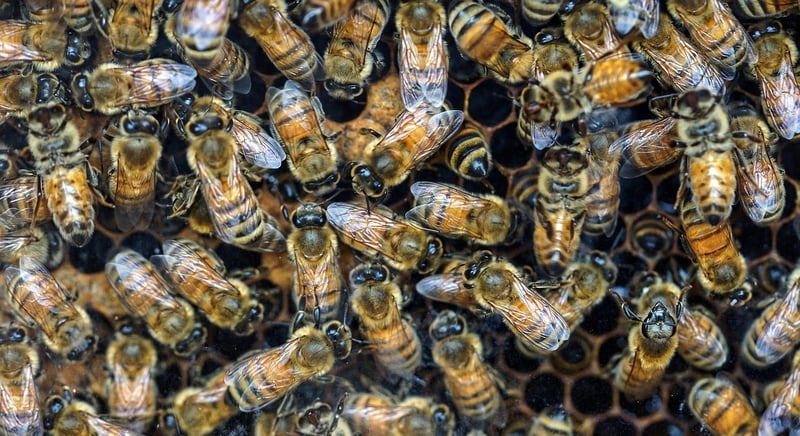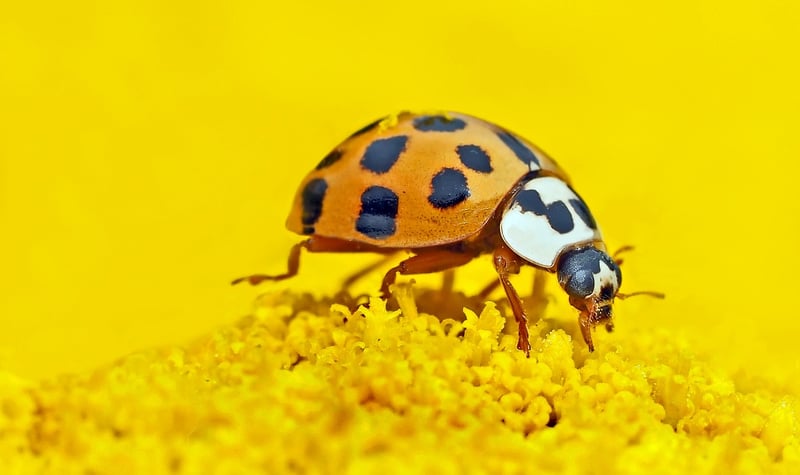Pollinator Habitats
Attracting Wildlife to Urban Spaces: Creating Pollinator Habitats

Urban areas can often feel disconnected from nature, but with a little effort, you can attract wildlife right to your doorstep. Creating pollinator habitats is not only beneficial for the environment but also adds beauty and diversity to urban spaces.
Importance of Pollinator Habitats
Pollinators play a crucial role in our ecosystem by facilitating the reproduction of plants. Bees, butterflies, birds, and other pollinators help plants produce fruits and seeds, ensuring biodiversity and food security.
How to Create Pollinator Habitats in Urban Spaces
- Plant Native Flowers: Choose native plants that provide nectar and pollen for pollinators. Examples include lavender, sunflowers, and coneflowers.
- Provide Water Sources: Create a small water feature like a bird bath or a shallow dish with pebbles for butterflies and bees to drink from.
- Limit Pesticide Use: Avoid using chemical pesticides that can harm pollinators. Opt for natural pest control methods instead.
- Leave Some Wild Areas: Allow a portion of your garden to grow wild with native grasses and flowers to attract a diverse range of wildlife.
Benefits of Attracting Wildlife to Urban Spaces
- Enhances biodiversity in urban environments
- Improves pollination of plants, including food crops
- Creates a more vibrant and visually appealing neighborhood
- Provides opportunities for educational and recreational activities

By taking simple steps to create pollinator habitats in urban spaces, you can make a positive impact on the environment while enjoying the beauty of wildlife right outside your window.
Remember, every small action counts when it comes to creating a more sustainable and wildlife-friendly urban environment.
Get started today and transform your urban space into a haven for pollinators and other wildlife!
